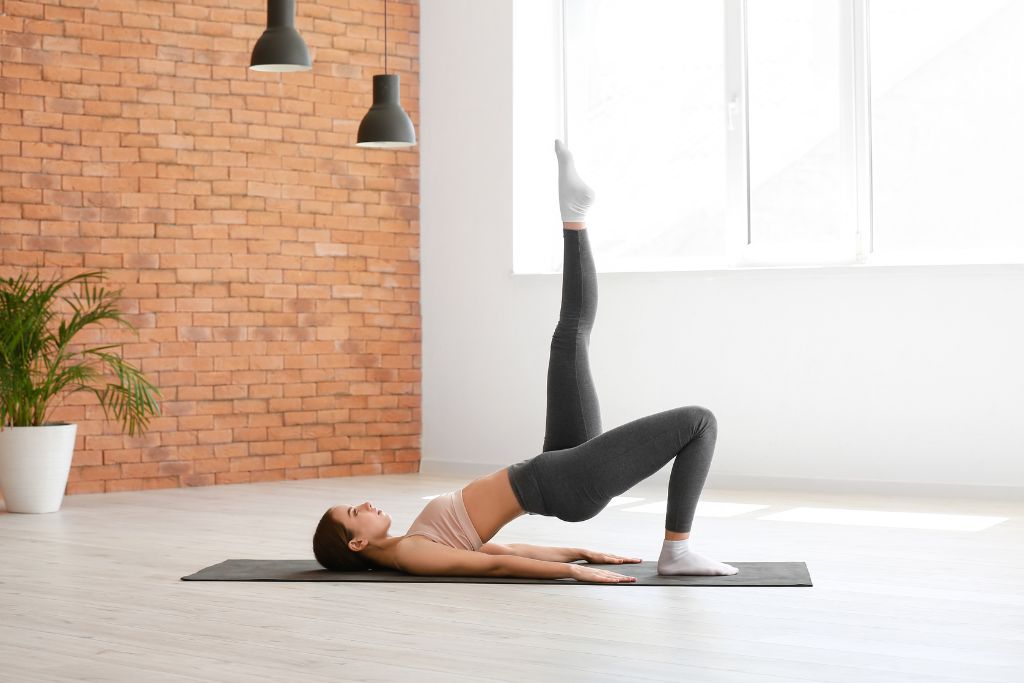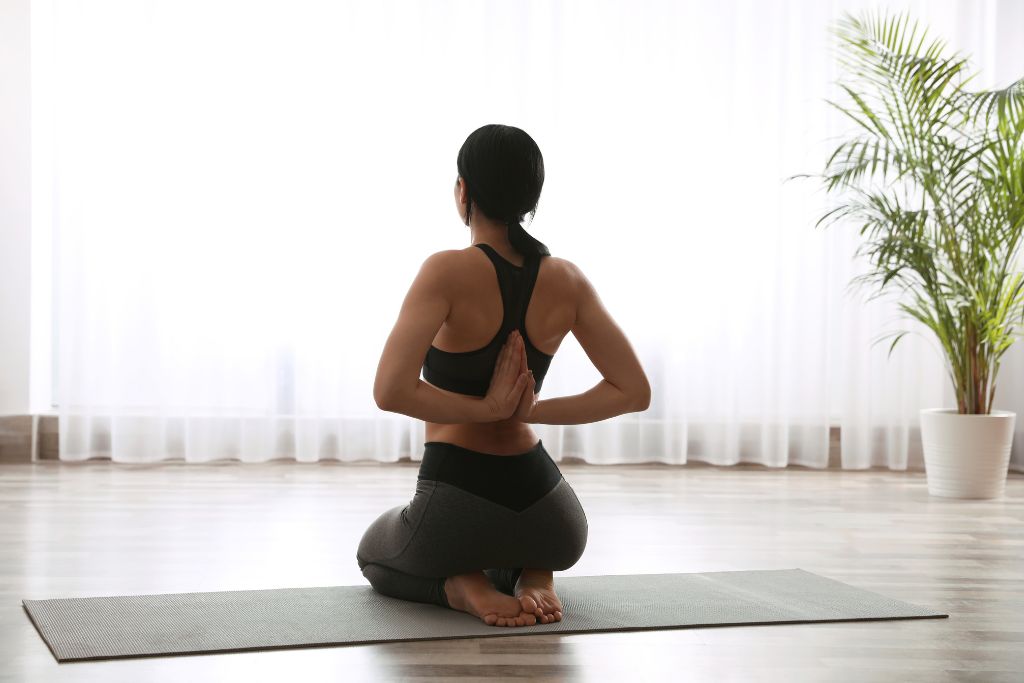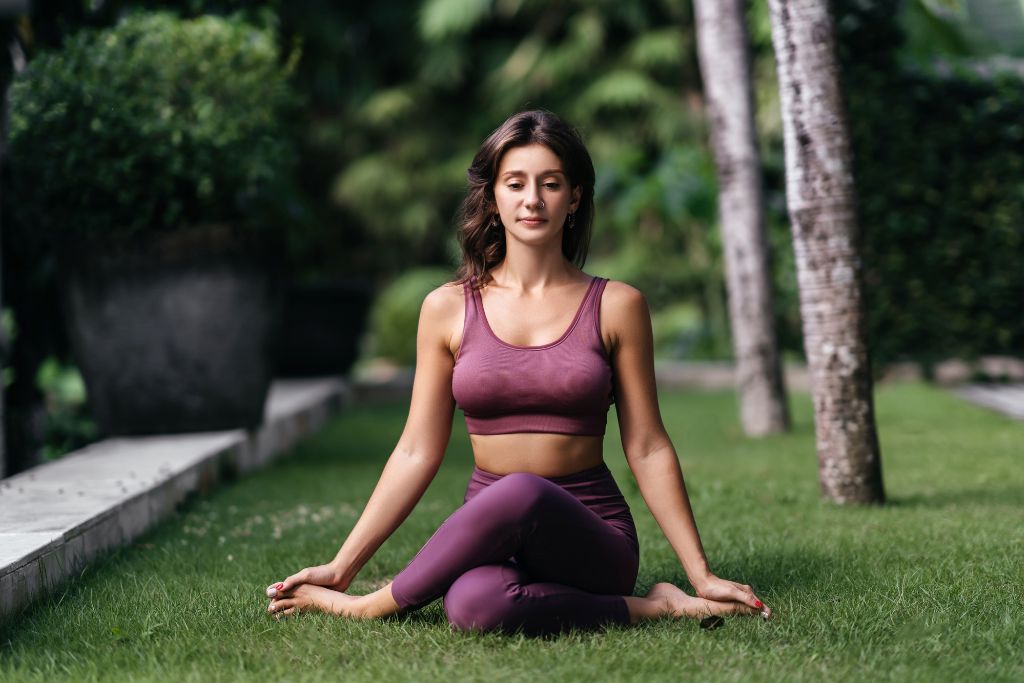Asanas Yoga A Guide to the Benefits, Types, and Images of Yoga Poses
Yoga is a holistic practice that originated in India thousands of years ago. It combines physical, mental, and spiritual aspects to promote health, happiness, and harmony. Yoga asanas are the postures or poses that are performed in yoga to stretch, strengthen, balance, and relax the body and mind. Asanas yoga can be practiced by anyone, regardless of age, fitness level, or experience. In this article, we will explore the benefits, types, and images of yoga asanas, as well as provide some tips and instructions for beginners.
Benefits of Yoga Asanas
Yoga asanas have many benefits for the body, mind, and emotions. Some of the benefits are:
Improved flexibility and mobility: Yoga asanas help to loosen up tight muscles and joints, increase the range of motion, and prevent injuries. Flexibility also improves blood circulation, digestion, and posture.
Improved strength and endurance: Yoga asanas use the body weight as resistance to build muscle strength and endurance. Strength also supports the joints, bones, and spine, and prevents osteoporosis. Endurance also enhances the cardiovascular system, respiratory system, and immune system.
Improved balance and coordination: Yoga asanas challenge the body to maintain stability and alignment in various positions. Balance also improves concentration, focus, and awareness. Coordination also improves the communication between the brain and the body and prevents falls and accidents.
Improved relaxation and stress relief: Yoga asanas help to calm the nervous system, lower blood pressure, reduce heart rate, and release tension. Relaxation also improves sleep quality, mood, and mental clarity. Stress relief also reduces anxiety, depression, and inflammation.
Improved self-awareness and self-esteem: Yoga asanas help to connect with the breath, the sensations, and the emotions. Self-awareness also improves mindfulness, intuition, and creativity. Self-esteem also improves confidence, acceptance, and compassion.
Types of Yoga Asanas
There are hundreds of yoga asanas that can be classified into different types based on how they affect the body and mind. Some of the common types are:
Standing poses: Standing poses are often done first in a yoga session to warm up the body and prepare for more challenging poses. They also improve posture, balance, stability, and leg strength. Some examples are Mountain Pose (Tadasana), Chair Pose (Utkatasana), Warrior Poses (Virabhadrasana), Triangle Pose (Trikonasana), etc.
Forward bends: Forward bends are usually done after standing poses to stretch the back of the body, especially the hamstrings, calves, spine, and neck. They also calm the mind, soothe the nerves, and stimulate the abdominal organs. Some examples are Standing Forward Bend (Uttanasana), Seated Forward Bend (Paschimottanasana), Child’s Pose (Balasana), etc.
Backbends: Backbends are usually done after forward bends to stretch the front of the body, especially the chest, shoulders, abdomen, and hips. They also energize the mind, open the heart, and enhance the respiratory system. Some examples are Cobra Pose (Bhujangasana), Bridge Pose (Setu Bandha Sarvangasana), Camel Pose (Ustrasana), etc.
Twists: Twists are usually done after backbends to release any tension in the spine, torso, and hips. They also detoxify the body, massage the internal organs, and improve digestion. Some examples are Half Lord of the Fishes Pose (Ardha Matsyendrasana), Seated Twist (Parivrtta Sukhasana), Revolved Triangle Pose (Parivrtta Trikonasana), etc.
Inversions: Inversions are poses where the head is below the heart, or where the feet are above the head. They also reverse the effects of gravity, boost the circulation, stimulate the brain, and balance the hormones. Some examples are Downward Facing Dog (Adho Mukha Svanasana), Headstand (Sirsasana), Shoulderstand (Sarvangasana), etc.
Balancing poses: Balancing poses are poses where the body is supported by one or more limbs, or where the center of gravity is shifted. They also challenge stability, coordination, and concentration. Some examples are Tree Pose (Vrksasana), Crow Pose (Bakasana), Half Moon Pose (Ardha Chandrasana), etc.
Restorative poses: Restorative poses are poses where the body is supported by props, such as bolsters, blankets, blocks, or straps. They also relax the muscles, joints, and nerves, and promote deep healing and recovery. Some examples are the Corpse Pose (Savasana), Legs Up the Wall Pose (Viparita Karani), Reclining Bound Angle Pose (Supta Baddha Konasana), etc.
Images of Yoga Asanas
To help you visualize and practice the yoga asanas, here are some images of the poses with their names and instructions. You can also use the search tool to find more images and information about any pose you are interested in.











Tips and Instructions for Beginners
If you are new to yoga asanas, here are some tips and instructions to help you get started:
- Consult a doctor: Before starting any physical activity, it is advisable to consult a doctor, especially if you have any medical conditions or injuries that may affect your practice.
- Choose a suitable style: There are many styles of yoga, such as Hatha, Vinyasa, Bikram, Ashtanga, etc., that vary in intensity, pace, and focus. Choose a style that suits your goals, preferences, and abilities.
- Find a qualified teacher: A qualified teacher can guide you through the poses, correct your alignment, offer modifications, and ensure your safety. You can find a teacher at a local yoga studio, gym, community center, or online.
- Wear comfortable clothes: Wear clothes that allow you to move freely and breathe easily. Avoid wearing anything too tight or too loose that may interfere with your practice.
- Use props: Props such as mats, blocks, straps, bolsters, etc., can help you perform the poses more comfortably and effectively. You can buy them at a yoga store or online, or use household items such as books, belts, pillows, etc.
- Practice regularly: To reap the benefits of yoga asanas, it is recommended to practice regularly, at least two or three times a week. You can practice at home or in a class, depending on your convenience and availability.
- Listen to your body: Yoga asanas should not cause pain or discomfort. If you feel any pain or discomfort, stop or modify the pose. Listen to your body’s signals and respect its limits. Do not force yourself into any pose that does not feel right for you.
- Have fun: Yoga asanas are not only good for your health but also for your happiness. Enjoy the process of learning and exploring the poses. Do not compare yourself with others or judge yourself harshly. Be patient and compassionate with yourself.
Conclusion
Yoga asanas are an integral part of yoga that can benefit you in many ways. They can improve your flexibility, strength, balance, relaxation, self-awareness, and self-esteem. They can also help you cope with stress, anxiety, depression, and other mental and emotional issues. By practicing yoga asanas regularly, you can enhance your physical, mental, and spiritual well-being.
I hope you enjoyed reading this article and learned something new about yoga asanas. If you want to see more images of yoga asanas with their names and instructions, you can use the search tool to find them. You can also try some of the poses yourself and experience their benefits firsthand.
latest video
news via inbox
Nulla turp dis cursus. Integer liberos euismod pretium faucibua





